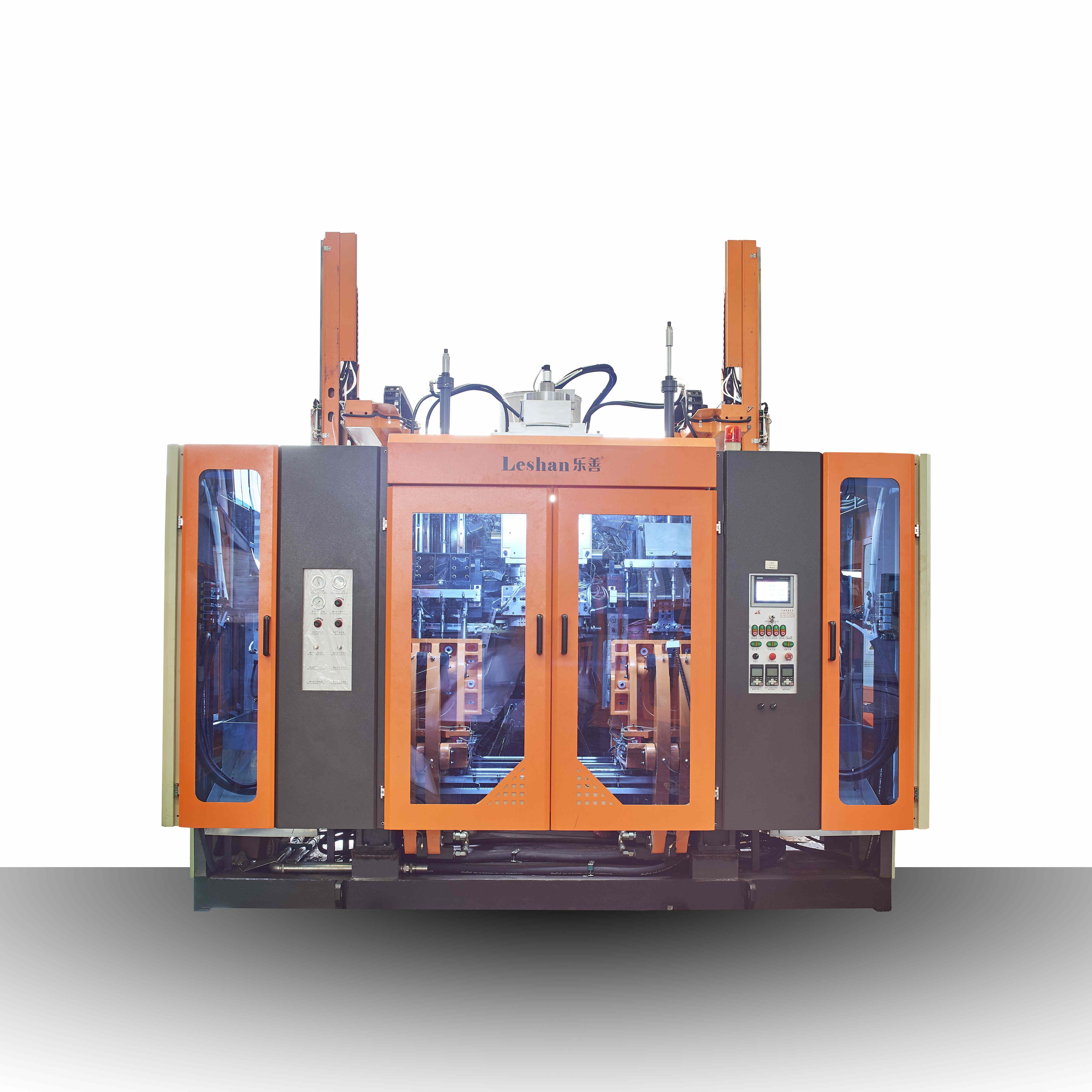
Extrusion Blow Molding Parts
Extrusion Blow Molding Parts
Guangdong Leshan Intelligent Equipment Corp.,Ltd is an enterprise that produces Irregular shape product blow molding machine,Blowing Mould & Injection Mould,Cleaning bottle blow molding machine,Engine oil bottle blow molding machine,Daily chemistry bottle blow molding machine,Food bottle blow molding machine,PET Machine,Chemical barrel blow molding machine,multi-layer coextrusion blow molding machine,Auxiliary machine,Extrusion Die Head and other equipment, with complete testing equipment and strong technical strength. Our products have a wide variety, excellent quality, reasonable prices, and are widely used in industries such as food and beverage packaging, plastic products, cosmetics, etc.We also use International standards and the ISO9001:2012 quality management system in producing.
LESHAN has Numerically controlled lathe,Numerical-controlled cutting machine,Four axis CNC machining-center,Numerical-controlled knee bend machine and other specialized equipment. Our machines have been exported to countries such as Russia, Australia, Poland, Saudi Arabia, and Philippines,Costa Rica,Burkina Faso,Azerbaijan. And it has gained widespread recognition and trust from users, able to meet constantly changing economic and social needs.
| Parameter | Information |
| Product Name | extrusion blow molding parts |
| Place of Origin | Foshan,Guangdong,China |
| Brand Name | Leshan |
| Condition | New |
| Video outgoing-inspection | Provided |
| Machinery Test Report | Provided |
| Warranty of core components | 1 year |
| Warranty | 1year |
| Port | ShunDe/GuangZhou/ShenZhen China |
| Application | Bottle |
| Core Components | Motor,Engine,Pump,Pressure vessel,Gear...etc |
| Color | customized |
| Plastic Processed | Polystyrene,PE,PC,PA,PVC,EVA,PP...etc |
| Certification | CE,ISO9001:2012... |
| PLC Brand | Siemens |
| Packaging Details | Standard exporting machine packing with plastic film |
| Service | Field installation, commissioning and training |
| Automation | Automation |
| Supply Ability | 500 Set/Sets per year |
| Lead time (days) | 70 (To be negotiated) |
Please note: The above table data is for reference only. For specific information, please contact us.
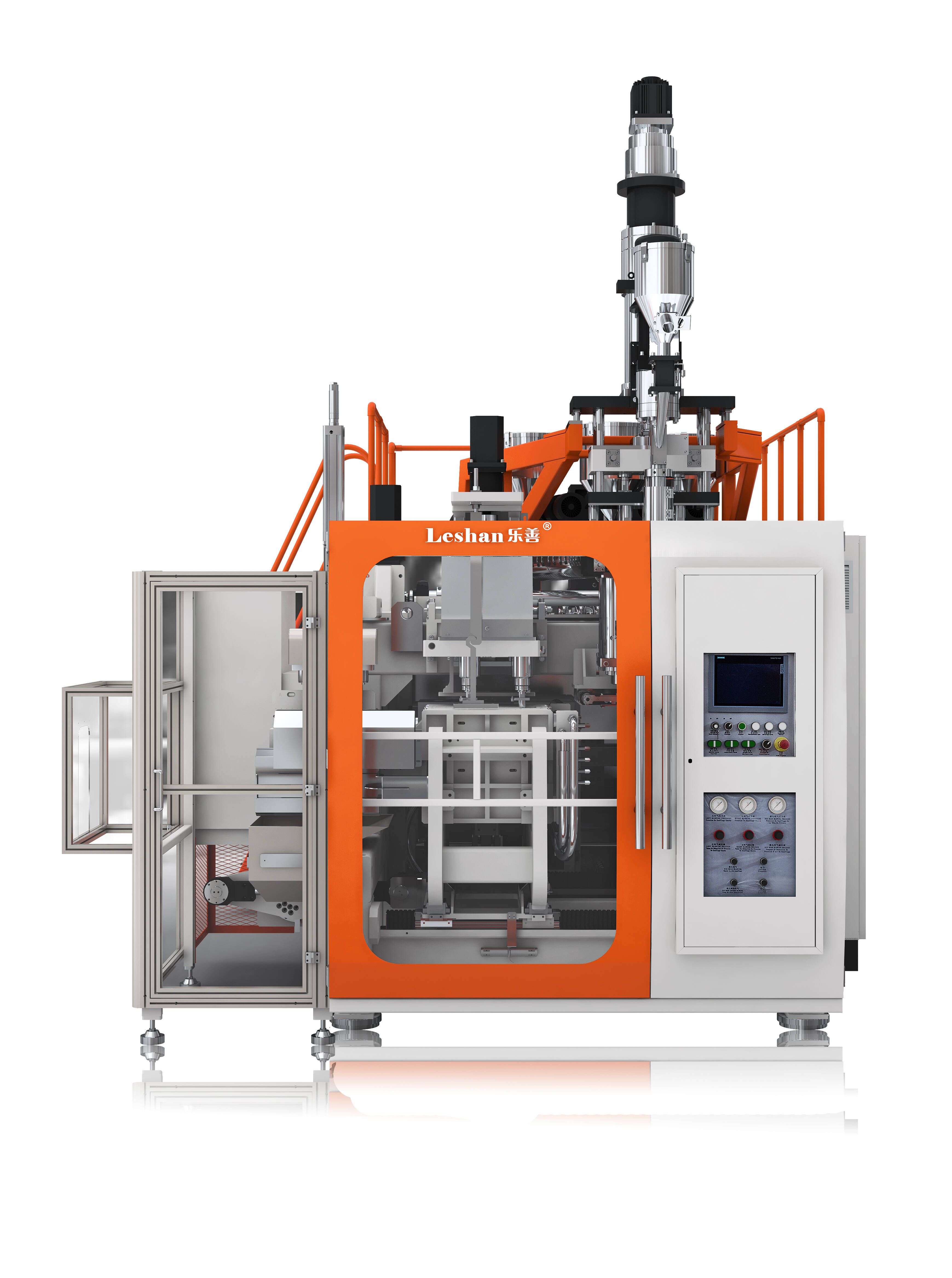
As a commonly used plastic processing machine, extrusion blow molding parts has the characteristics of powerful functions and easy operation. It can complete the heating, plasticizing, blowing, cooling and other processes of plastic in one mold feeding and molding process, thereby making the product lightweight, durable, transparent and other advantages.
At the same time, the blow molding machine also has high production efficiency, can continuously produce large quantities of products, and is suitable for manufacturing plastic containers of various specifications and shapes.

extrusion blow molding parts---FAQs Guide
2.How to maintain the stability of extrusion blow molding parts?
3.How long does it usually take to troubleshoot extrusion blow molding parts?
4.About extrusion blow molding parts,Do you provide samples? ls it free or extra?
5.What are the main components of a extrusion blow molding parts?
6.What kind of bottle is suitable for making with the Leshan blow molding machine?
7.How to control temperature and pressure during the production process of extrusion blow molding parts?
8.What is a blow molding machine?
9.How does the extrusion blow molding process differ from injection blow molding, and what types of products are typically produced using each method?
10.What is the working principle of a blow molding machine?
1.What is the difference between traditional extrusion blow molding parts and fully computer-controlled blow molding machines?
We have the leading technology and innovation capabilities, and attach importance to employee training and development, and provide promotion opportunities.
Traditional blow molding machines are operated manually by a person, while fully computer-controlled blow molding machines are operated by a computer program. This means that traditional blow molding machines require more human labor and supervision, while fully computer-controlled machines can run automatically with minimal human intervention.
Additionally, traditional blow molding machines may have limited capabilities and may only be able to produce simple shapes, while fully computer-controlled machines can produce more complex and precise shapes. This is because the computer program can control the machine's movements and parameters with greater accuracy and consistency.
Furthermore, fully computer-controlled blow molding machines often have advanced features such as real-time monitoring, data collection, and automatic adjustments, which can improve efficiency and quality control.
Overall, the main difference between traditional blow molding machines and fully computer-controlled machines is the level of automation and precision in the production process.
2.How to maintain the stability of extrusion blow molding parts?
We enjoy high authority and influence in the industry and continue to innovate products and service models.
1. Regular Maintenance: Regular maintenance is crucial for the stability of blow molding machines. This includes cleaning, lubricating, and inspecting the machine on a regular basis. Any worn or damaged parts should be replaced immediately to prevent further damage.
2. Proper Training: Ensure that all operators are properly trained on how to operate the blow molding machine. This will help prevent any accidents or damage to the machine due to operator error.
3. Use Quality Materials: The quality of the materials used in the blow molding process can affect the stability of the machine. Using high-quality materials will reduce the risk of machine breakdowns and improve the overall performance.
4. Monitor Machine Performance: Keep a close eye on the performance of the machine. This includes monitoring the temperature, pressure, and speed of the machine. Any abnormalities should be addressed immediately to prevent further damage.
5. Regular Inspections: Regularly inspect the machine for any signs of wear and tear. This will help identify any potential issues before they become major problems.
6. Follow Manufacturer's Guidelines: Follow the manufacturer's guidelines for operating and maintaining the machine. This will ensure that the machine is being used correctly and will help prolong its lifespan.
7. Keep the Machine Clean: A clean machine is less likely to experience breakdowns. Regularly clean the machine and remove any debris or dust that may have accumulated.
8. Proper Storage: When the machine is not in use, it should be stored in a clean and dry environment. This will help prevent any damage caused by moisture or dust.
9. Address Issues Immediately: If any issues arise with the machine, address them immediately. Ignoring problems can lead to more serious issues and can affect the stability of the machine.
10. Schedule Professional Servicing: It is important to schedule professional servicing of the machine on a regular basis. This will help identify any potential issues and ensure that the machine is running at its optimal performance.
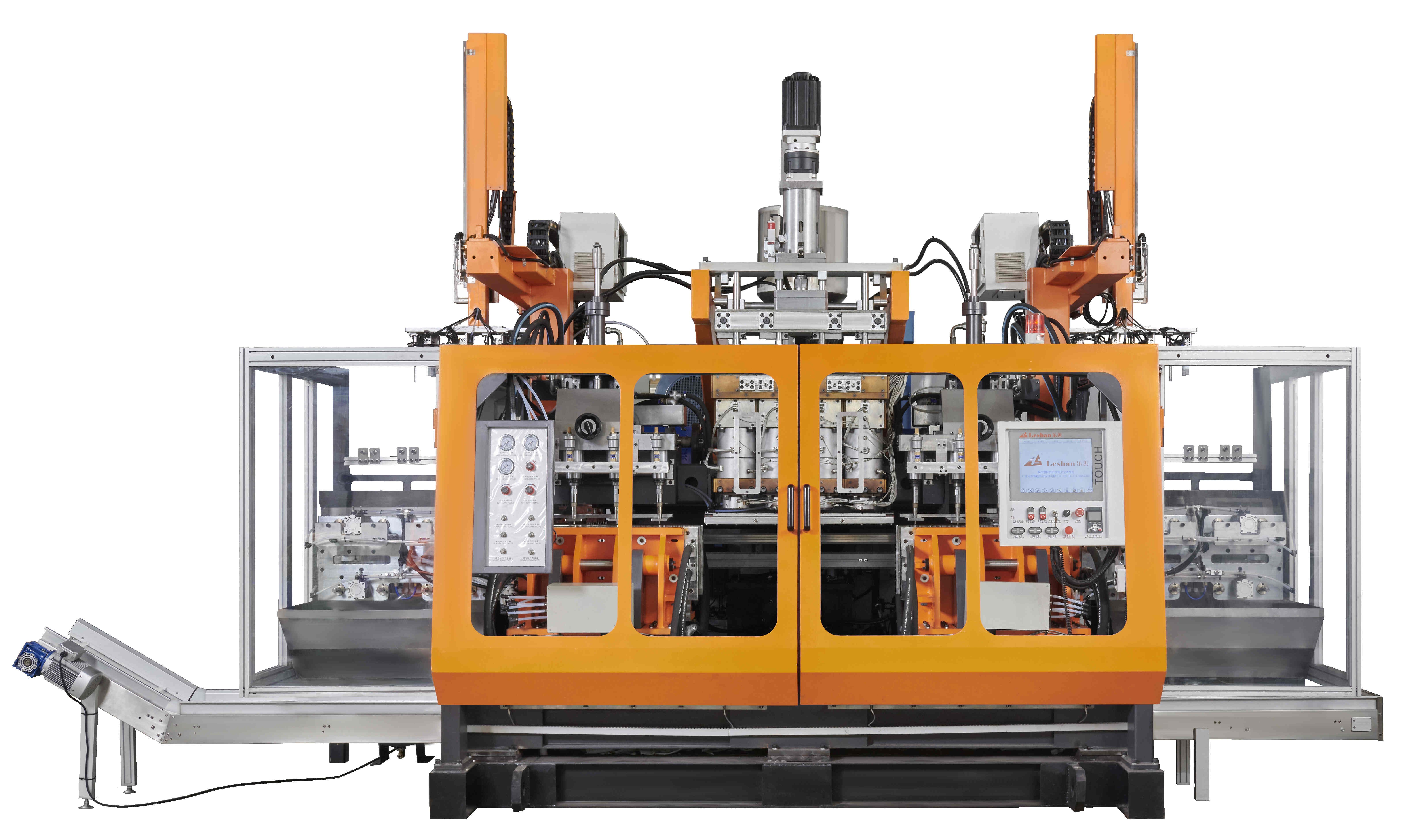
3.How long does it usually take to troubleshoot extrusion blow molding parts?
Our mission is to provide customers with the best solutions for extrusion blow molding parts.
The time it takes to troubleshoot a blow molding machine can vary depending on the specific issue and the experience of the technician. In some cases, it may only take a few minutes to identify and fix the problem, while in more complex cases it may take several hours or even days to fully troubleshoot and resolve the issue. It is important to thoroughly diagnose and address any problems with the machine to ensure it is functioning properly and producing high-quality products.
4.About extrusion blow molding parts,Do you provide samples? ls it free or extra?
Yes,we could offer you the sample.But it's not free.You need to pay for the sample and the cost of freight.
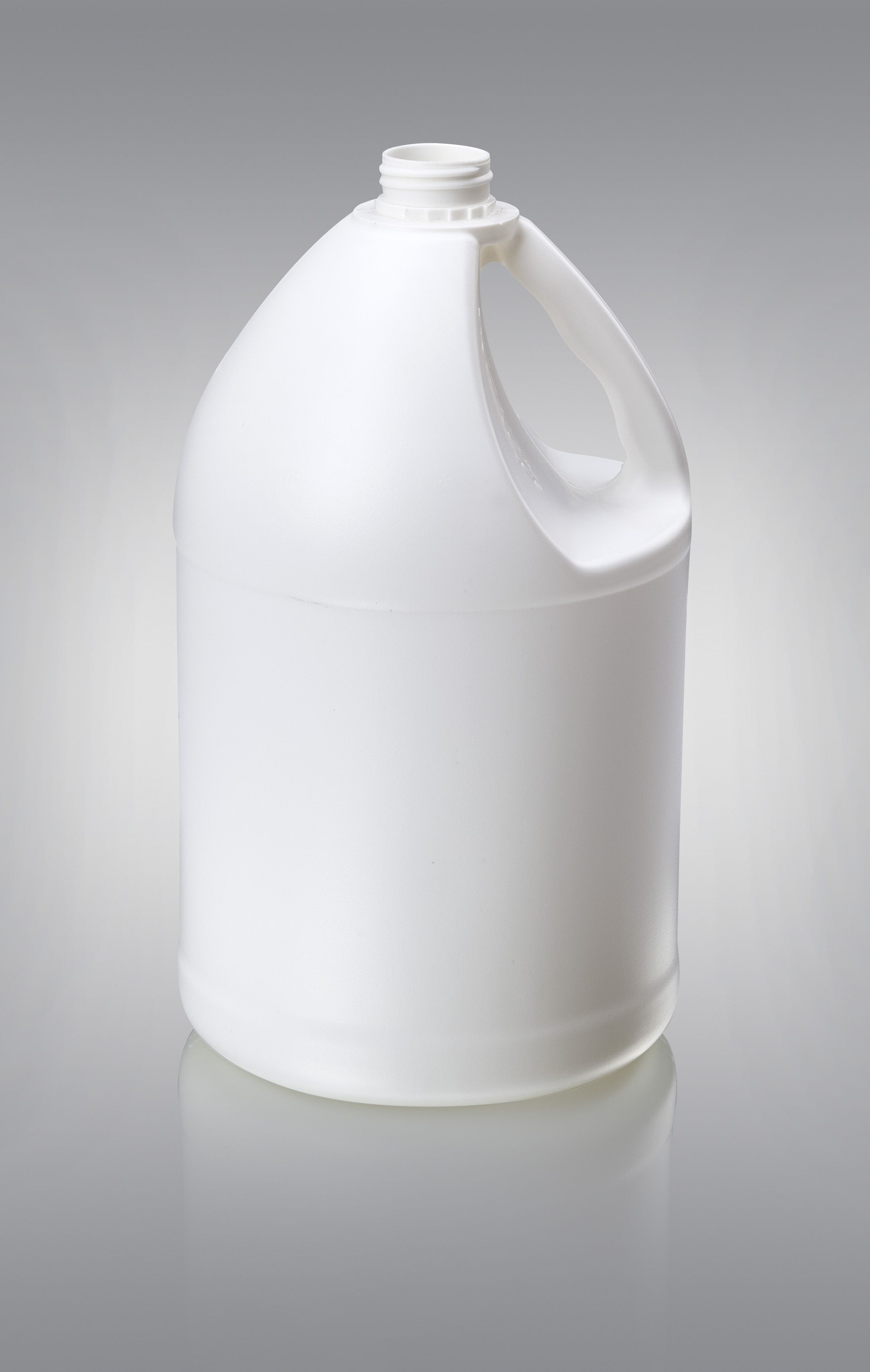
5.What are the main components of a extrusion blow molding parts?
We have rich industry experience and professional knowledge, and have strong competitiveness in the market.
1. Extruder: This is the main component of a blow molding machine, which melts and forms the plastic material into a parison (hollow tube).
2. Die Head: The die head is responsible for shaping the parison into the desired shape and size.
3. Clamping Unit: The clamping unit holds the mold in place and provides the necessary pressure for the blowing process.
4. Blow Pin: The blow pin is used to inflate the parison and shape it against the mold.
5. Cooling System: The cooling system helps to cool down the plastic material and solidify it into the desired shape.
6. Control System: The control system is responsible for controlling and monitoring the various parameters of the blow molding process, such as temperature, pressure, and speed.
7. Mold: The mold is the cavity into which the plastic material is blown and takes the shape of the final product.
8. Ejector: The ejector removes the finished product from the mold after the blowing process is complete.
9. Hydraulic System: The hydraulic system provides the necessary power and pressure for the various movements of the machine.
10. Electrical System: The electrical system controls the various motors and sensors of the machine.
11. Air Compressor: The air compressor supplies the compressed air needed for the blowing process.
12. Chiller: The chiller is used to cool down the extruder and other components of the machine to maintain the required temperature.
13. Conveyor System: The conveyor system moves the finished products out of the machine for further processing or packaging.
6.What kind of bottle is suitable for making with the Leshan blow molding machine?
Such as washing supplies, hotel supplies, personal supplies, food, medicine, pesticides, wide-mouth bottles and other PETG and PVC packaging industries, etc., can be produced by Leshan blow molding machine.
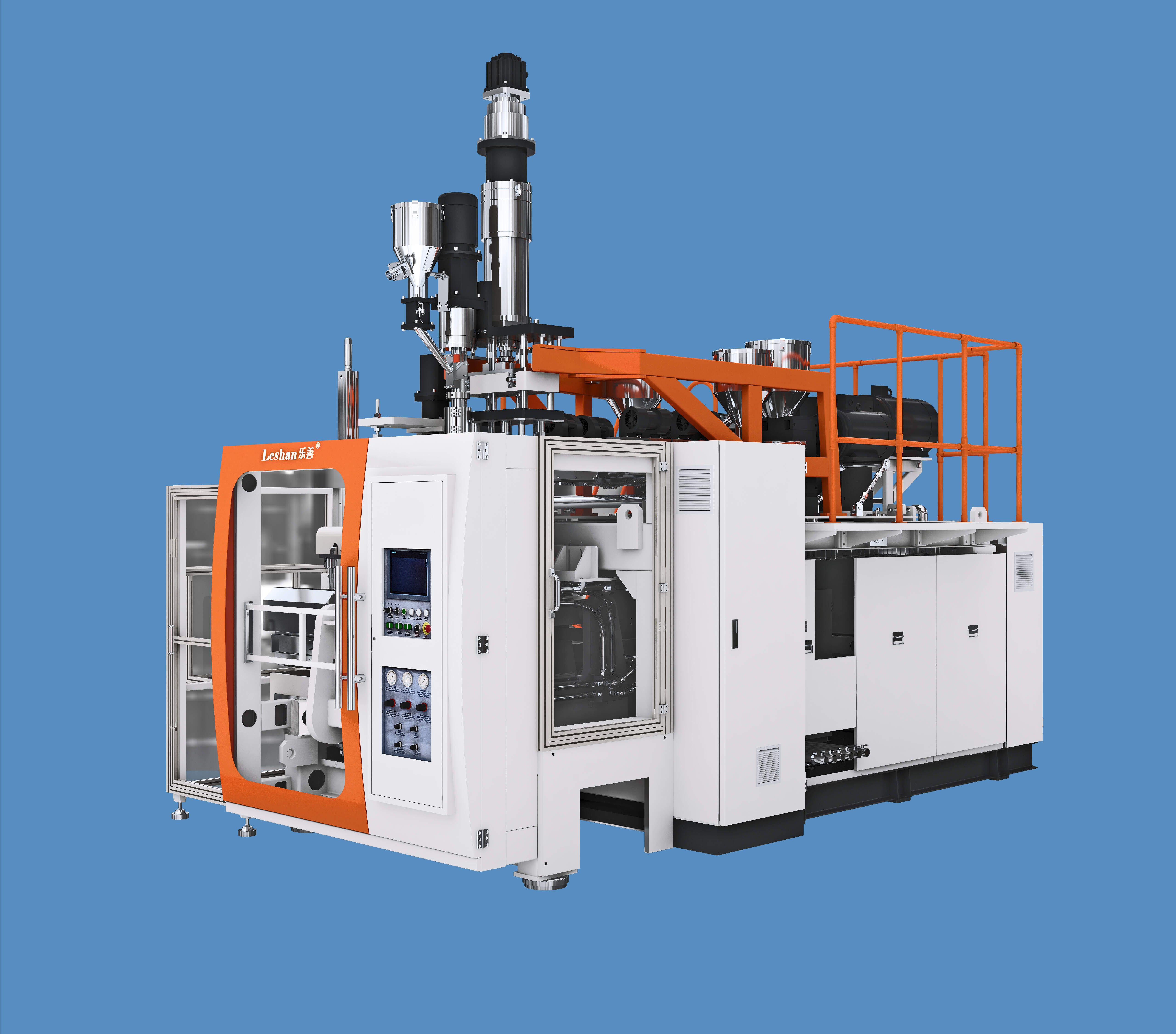
7.How to control temperature and pressure during the production process of extrusion blow molding parts?
We focus on our customers' needs and strive to meet their expectations, so we take this very seriously.
1. Use a temperature controller: A temperature controller is an essential tool for controlling the temperature during the production process of blow molding machines. It allows you to set and maintain the desired temperature for the different stages of the process.
2. Monitor the temperature regularly: It is important to monitor the temperature of the machine regularly to ensure that it is within the desired range. This can be done using a thermometer or a temperature sensor.
3. Adjust the temperature settings: Depending on the type of material being used and the stage of the production process, the temperature settings may need to be adjusted. For example, a higher temperature may be required for melting the plastic, while a lower temperature may be needed for cooling the molded product.
4. Use a cooling system: To control the temperature during the cooling stage, a cooling system can be used. This can be in the form of a water chiller or a cooling tower, which helps to maintain a consistent temperature for the molded product.
5. Use a pressure regulator: A pressure regulator is used to control the pressure inside the machine. This is important for ensuring that the plastic is evenly distributed and that the final product has the desired shape and thickness.
6. Monitor the pressure: Just like temperature, it is important to monitor the pressure inside the machine regularly. This can be done using a pressure gauge or a pressure sensor.
7. Adjust the pressure settings: Depending on the type of material and the desired product, the pressure settings may need to be adjusted. This can be done manually or through the use of an automated pressure control system.
8. Use safety valves: Safety valves are important for maintaining the pressure within safe limits. They help to prevent any accidents or damage to the machine.
9. Train operators: It is important to train operators on how to control the temperature and pressure during the production process. They should be familiar with the different settings and know how to make adjustments when necessary.
10. Regular maintenance: Regular maintenance of the machine is crucial for ensuring that the temperature and pressure control systems are functioning properly. This will help to prevent any unexpected issues during the production process.
8.What is a blow molding machine?
We maintain a stable growth through reasonable capital operations, focus on industry development trends and cutting -edge technologies, and focus on product quality and safety performance.
A blow molding machine is a manufacturing machine used to produce hollow plastic parts or containers by inflating a heated plastic tube or parison inside a mold until it takes the shape of the mold cavity. The process involves melting plastic resin and extruding it into a hollow tube, which is then clamped into a mold and inflated with compressed air until it conforms to the shape of the mold.
This process is commonly used to produce bottles, containers, and other hollow plastic products. Blow molding machines can be either extrusion blow molding machines or injection blow molding machines, depending on the method used to create the parison.
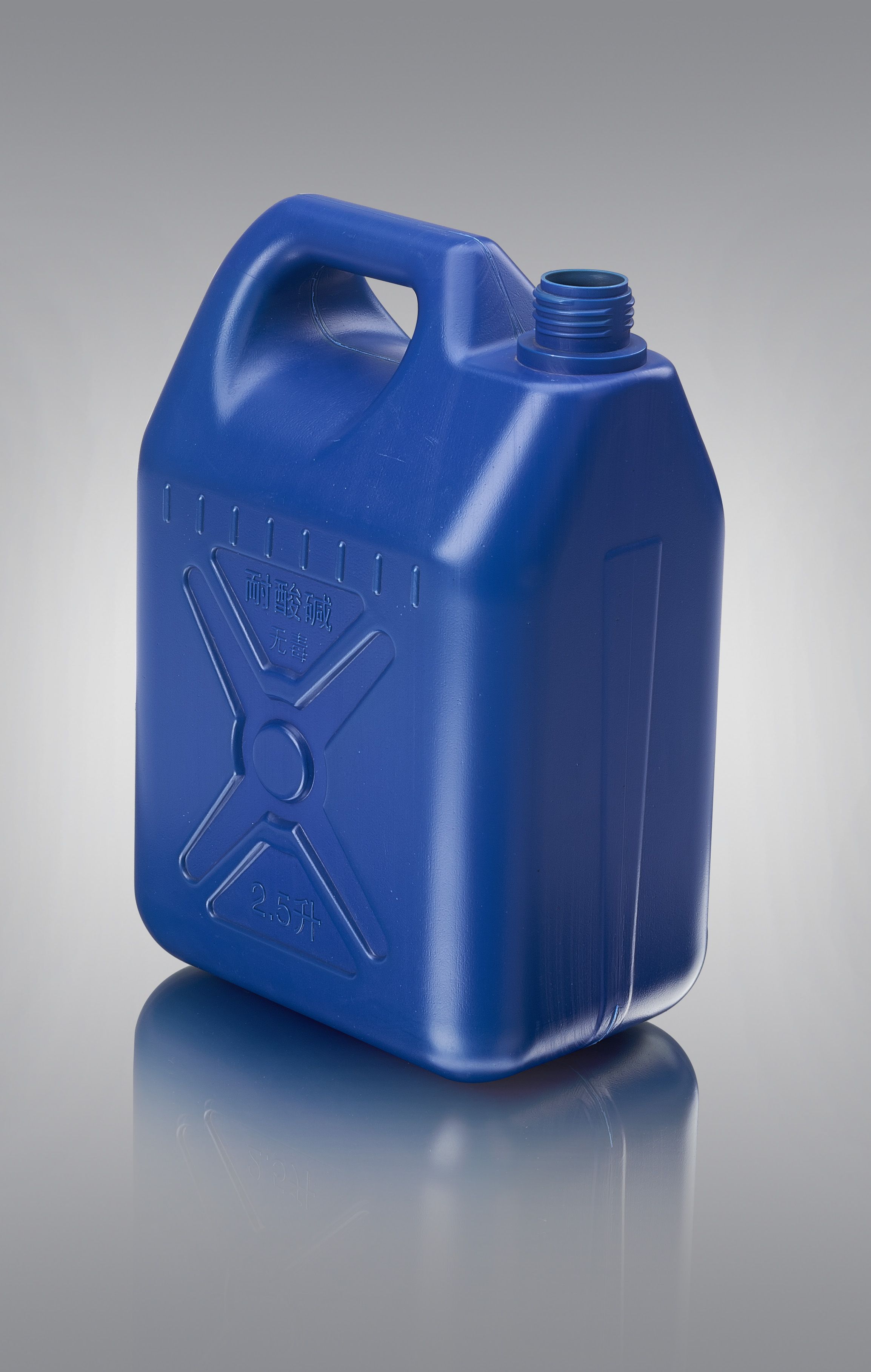
9.How does the extrusion blow molding process differ from injection blow molding, and what types of products are typically produced using each method?
We have been working hard to improve service quality and meet customer needs.
Extrusion blow molding and injection blow molding are two different processes used to manufacture plastic products. While both methods involve melting plastic and shaping it into a desired form, there are some key differences between the two.
Extrusion blow molding is a process in which a molten tube of plastic, called a parison, is extruded through a die and then inflated to form a hollow product. The parison is then cooled and the mold opens to release the finished product. This process is commonly used to produce bottles, containers, and other hollow objects.
On the other hand, injection blow molding involves injecting molten plastic into a mold cavity, where it is then cooled and solidified. The mold then opens to release the finished product. This process is commonly used to produce small, complex, and precise products such as medical devices, pharmaceutical packaging, and small bottles.
One of the main differences between the two processes is the way the plastic is shaped. In extrusion blow molding, the plastic is shaped by the inflation of the parison, while in injection blow molding, the plastic is shaped by the mold cavity.
Another difference is the type of molds used. In extrusion blow molding, the molds are typically made of two halves that come together to form the desired shape. In injection blow molding, the molds are usually made of a single piece that is opened and closed to release the product.
The type of plastic used also differs between the two processes. Extrusion blow molding is typically used for high-density polyethylene (HDPE) and polyethylene terephthalate (PET) plastics, while injection blow molding is commonly used for polypropylene (PP) and polyethylene (PE) plastics.
In terms of product applications, extrusion blow molding is commonly used for larger, more simple products such as bottles and containers, while injection blow molding is used for smaller, more complex products such as medical devices and pharmaceutical packaging.
In summary, extrusion blow molding and injection blow molding are two different processes used to manufacture plastic products. While both methods involve melting plastic and shaping it into a desired form, they differ in the way the plastic is shaped, the type of molds used, and the types of products produced.
10.What is the working principle of a blow molding machine?
We focus on innovation and continuous improvement to maintain a competitive advantage.
The working principle of a blow molding machine involves the use of compressed air to inflate a molten plastic tube or parison inside a mold cavity. This creates a hollow shape that is then cooled and solidified to form a plastic product.
The process begins with the plastic material, usually in the form of pellets, being fed into a hopper and then melted in an extruder. The molten plastic is then forced into a long tube or parison, which is then clamped between two halves of a mold.
Next, a nozzle is inserted into the parison and compressed air is blown into it, causing the plastic to expand and take the shape of the mold cavity. The mold is cooled to solidify the plastic, and then the mold halves are separated, and the finished product is ejected.
The blow molding process can be either extrusion blow molding or injection blow molding, depending on the type of machine used. In extrusion blow molding, the parison is formed by extruding the molten plastic through a die, while in injection blow molding, the parison is formed by injecting the molten plastic into a mold cavity.
The working principle of a blow molding machine is based on the principles of thermodynamics and fluid mechanics, where the expansion of compressed air inside the parison creates pressure that forces the plastic to take the shape of the mold. This process allows for the production of hollow plastic products with complex shapes and sizes.
